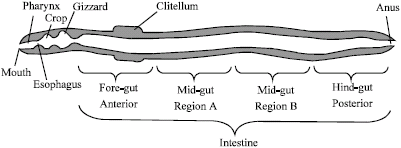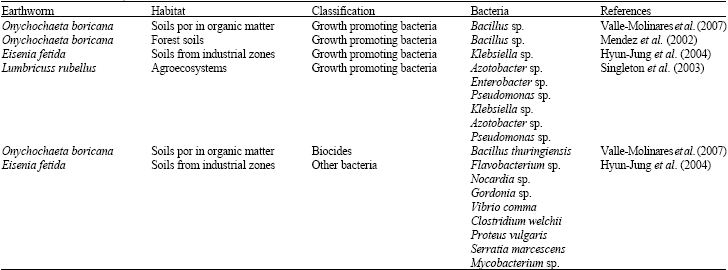Review Article
Bacterial Diversity in the Digestive Tract of Earthworms (Oligochaeta)
Universidad Juarez Autonoma de Tabasco, Division Academica de Ciencias Agropecuarias, Km 25.5 Carretera Villahermosa-Teapa CP8600, Tabasco
David Espinosa-Victoria
Colegio de Postgraduados, Laboratory of Plant-Microorganism Molecular Interaction, Km 36.5 Carretera Mexico-Texcoco, Montecillo, Estado de Mexico, C.P. 56230













